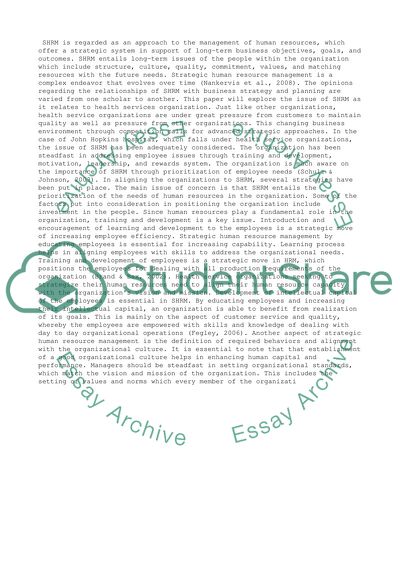Cite this document
(“Strategic Human Resource Management (SHRM) Essay - 1”, n.d.)
Strategic Human Resource Management (SHRM) Essay - 1. Retrieved from https://studentshare.org/management/1483266-strategic-human-resource-management-shrm
Strategic Human Resource Management (SHRM) Essay - 1. Retrieved from https://studentshare.org/management/1483266-strategic-human-resource-management-shrm
(Strategic Human Resource Management (SHRM) Essay - 1)
Strategic Human Resource Management (SHRM) Essay - 1. https://studentshare.org/management/1483266-strategic-human-resource-management-shrm.
Strategic Human Resource Management (SHRM) Essay - 1. https://studentshare.org/management/1483266-strategic-human-resource-management-shrm.
“Strategic Human Resource Management (SHRM) Essay - 1”, n.d. https://studentshare.org/management/1483266-strategic-human-resource-management-shrm.


